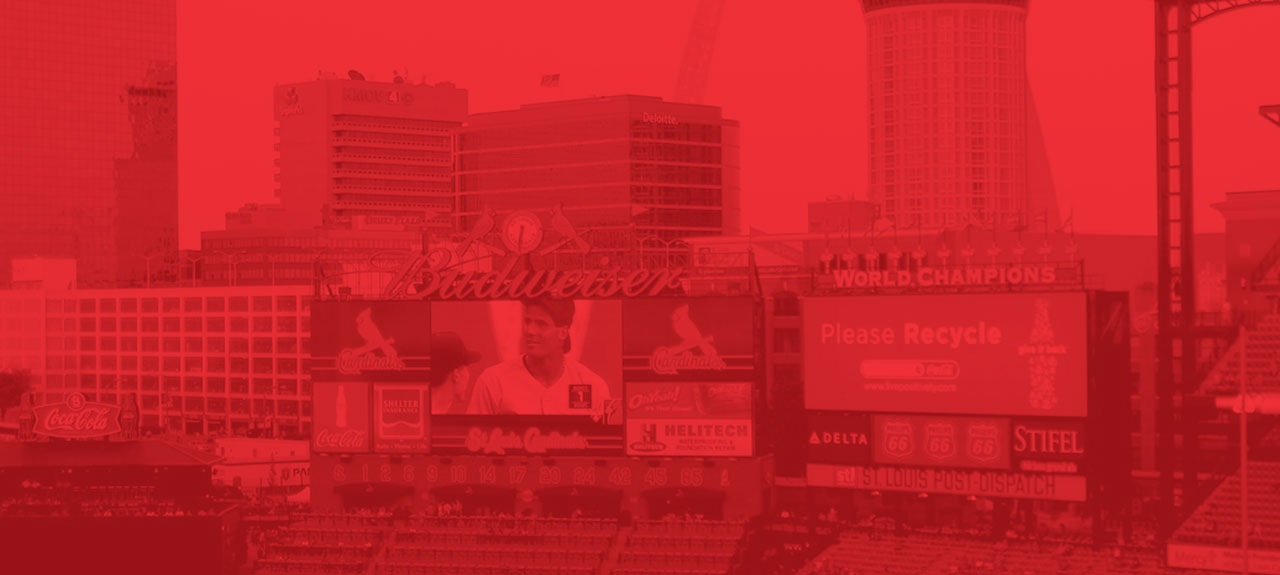Baseball season is finally here, captivating fans of all ages while creating an engaged audience in stands and living rooms across the country. And savvy marketers want to get in on the game, tying their brands in with America’s favorite past time in a way that complements the overall baseball experience.
How can you strike that perfect balance so that your brand is one with the fans? Stadium sponsorships are available in all shapes and sizes, allowing you to craft a package that best meets your budget and accomplishes your goals, allowing your brand the opportunity to celebrate like a fan while communicating your message to consumers.
As you consider a stadium sponsorship, there are some factors to keep top of mind:
Placement is everything.
Which audience are you trying to capture: those in the stands, those at home watching or both? Depending upon who you’re trying to reach, there is signage available that can be captured by the cameras covering the game as well as prominently visible to in-stadium fans. But your options aren’t limited just to signage … everything from umbrellas to staircases, from awnings to seats themselves can be branded. Having a clear understanding of your target audience and their desired response toward the sponsorship can help you establish the most impacting presence.
Timing is also everything.
Many sponsorship packages are based on when during the game you want them to activate. For instance, you could have signage that goes up at the top of every second inning, when the game is just starting and all spectators, both of the hometown and away teams, are still hopeful and engaged. Or you wait until later innings, when the action could either be high or the game could be decided.
Depending on the type of placement you’ve selected, you could also activate whenever a run is scored, whenever a home run is hit, whenever there’s a hit … there are many options. But having a clear vision of what message you’re delivering, what you want the audience takeaway to be, and what, if any, action you’d like the audience to take is key when creating your plan.
Make sure your creative breaks through the clutter.
With so many screens and so much dynamic content vying for consumers’ eyes in stadium – not to mention churros, a static image isn’t always enough to catch your audience’s attention. Video can be used in many places throughout stadiums, including the main stadium video screens, sidebar video screens (adjacent to the main screen but their own separate medium), and in-house televisions that play throughout the stadium walkways and in various party rooms and suites.
Don’t be a fair weather brand.
Although some contracts may be able to be written based on a winning season, fans recognize brands that stick with their team through thick and thin. It is true you may get fewer eyeballs when a team is losing, but those you do get are likely to be more loyal.
Become a partner.
No one understands its fans or the ins and outs of its stadium better than Major League Baseball (MLB) and the individuals teams. Working with them can seem like a daunting task, but as long as you’re clearly communicating your objectives and needs, you can expect clear communication in return, including creative opportunities and specs, audience demographic information, and any results/performance data.
These are just a few tips to help you hit a home run with your stadium sponsorship. For more information, contact Steve Paolicchi at stevep@theswitch.us. Go Cards!















